This new open 911 meets the claim of being the perfect driving machine while also offering a magnificent open-air experience.
You can imagine taking this new model to a track day and not feeling that the coupé owners have any advantage over you. The looks alone, whether from a distance or up close, suggest that there is no real difference. The distinctive profile of the 911 has matured over decades. This car stands out, unique in its styling, but until now the visible difference between the coupés and the convertibles was quite obvious. That is no longer so. The engineers, working with Carrera Product Line Director August Achleitner, have succeeded this time in creating closed and open models with the same profile when viewed from the side. There really is no distinction in that respect between the two and together they represent the most beautiful interpretation yet of this classic sports car theme from Stuttgart. The very discerning hardcore 911 community is sure to react positively.
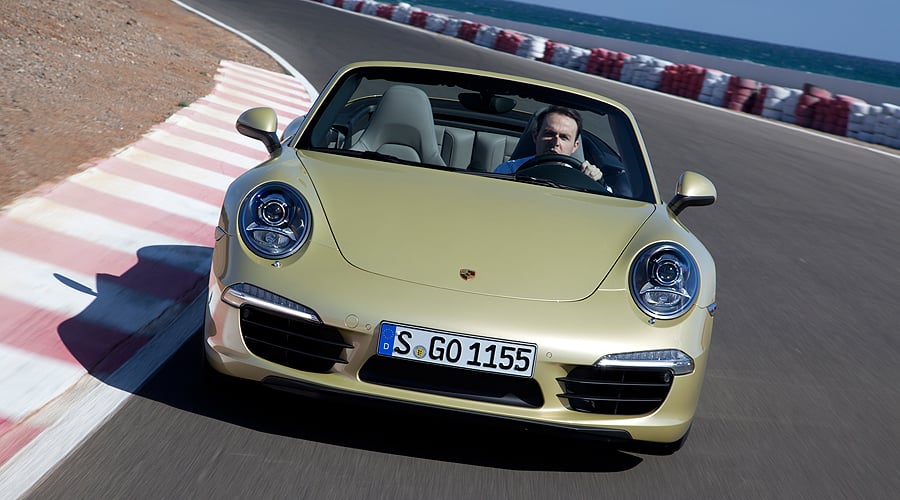
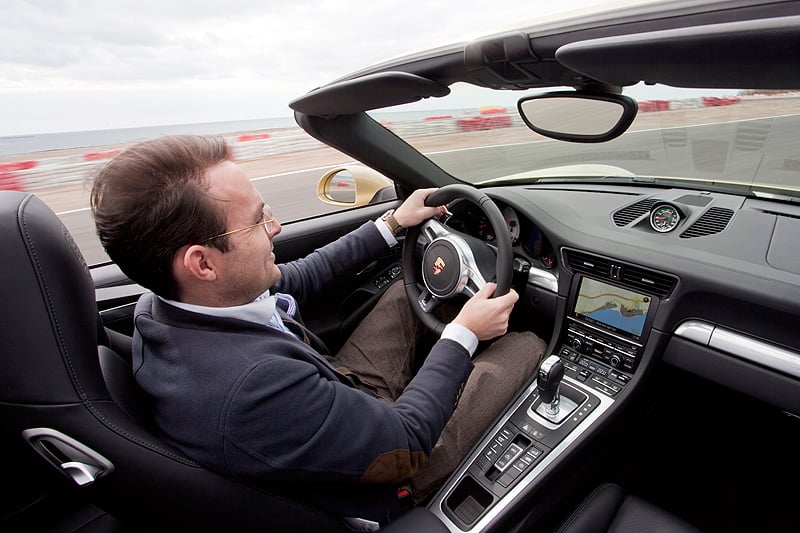
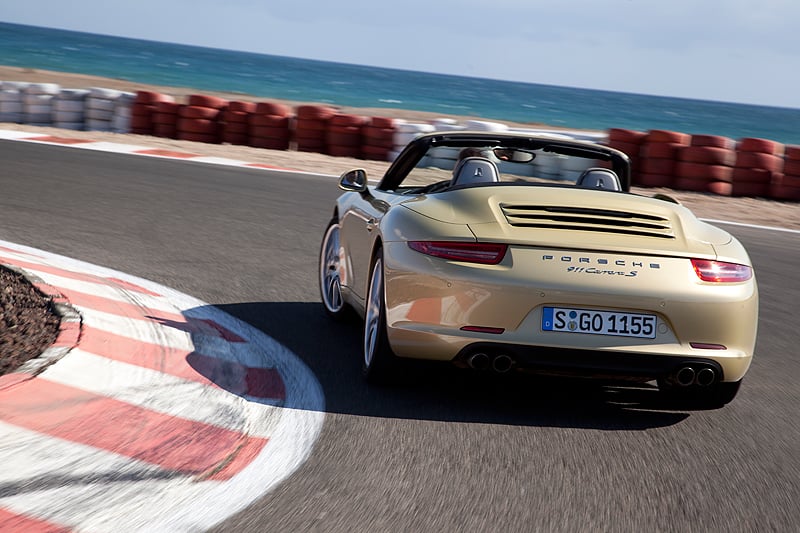
Sales of recent 911s, before the launch of the latest series, have shown a 60 per cent bias in favour of the Coupé. The Cabriolet models in those recent 911s, that’s to say the 996 and 997 series, have all shown an aesthetic departure from the look of the Coupé, particularly when seen from the rear. They just did not quite achieve that gorgeous flowing shape and that alone probably deterred quite a number of 911 purists from choosing to buy an open car. Surely that must change now. It has taken nearly 30 years for Porsche to pull off this trick, ever since the 911 SC Cabriolet was introduced in the 1983 Model Year. Since then we have seen convertible versions of the 911 in the 964 and 993 series as well those mentioned above. They were all desirable cars but none has provided the styling excellence of this new 991 model.
As an engineering achievement, it is remarkably brilliant. The roof frame consists of flat bows of magnesium panels, supported by aluminium bars, meaning that when closed it really amounts to a hardtop. The rear window is perfectly placed and the custom fabric cover folds into a ‘Z’ shape, tucking away in a mere 13 seconds and it can be put up or down at speeds up to 31mph (50km/h). The entire canopy, 55 inches long and just 23 inches high, does weigh 36kg more than that of its predecessor, the 997 Cabriolet, but a folding hardtop would be much heavier and would take up more space, so this really is an amazing piece of work. The magnesium bows are lightweight components but substantial in their dimensions, making this complex mechanism all the more impressive. When it is closed, the fabric is stretched tightly and evenly and at speed it retains its proper shape, with nothing fluttering or billowing up as so many hoods used to do. Inside the cabin, attention has been paid to the acoustics. New sound insulation materials and a new exterior fabric have created an interior in which the noise level is indistinguishable from that of the Coupé. That is probably the most praiseworthy point of all.
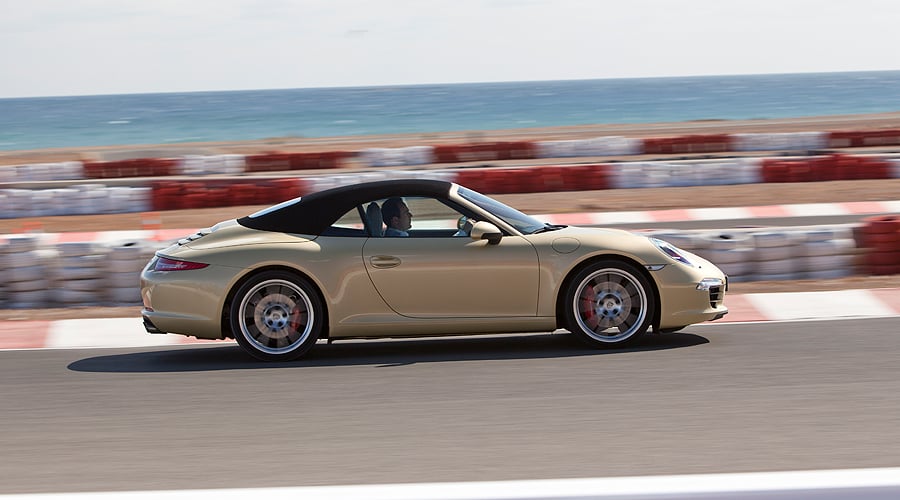
Another useful point, which might be especially welcome when running with an open top at a track day, is the new wind deflector. This can be raised in two seconds at the touch of a button, and it can be done at any speed. This deflector does an excellent job, protecting the occupants from the wind surprisingly effectively, but it takes up very little space. Gimmicks such as neck warming are not thought to have any place in a 911, however, which remains a sports car and not just a toy for wealthy geriatrics. That said, the seat heating can be turned up to an impressive level, which can be pleasantly useful for anybody.
Dynamically, it feels exactly the same as the Coupé to drive but, naturally, with the hood down, you do get to hear those engine noises rather better. This applies to the standard, 350HP 3.4-litre engine and to the 400HP 3.8-litre S. Top speeds are a claimed 178mph and 188mph respectively, with a 0-62mph time of 4.3 seconds for the Carrera S.
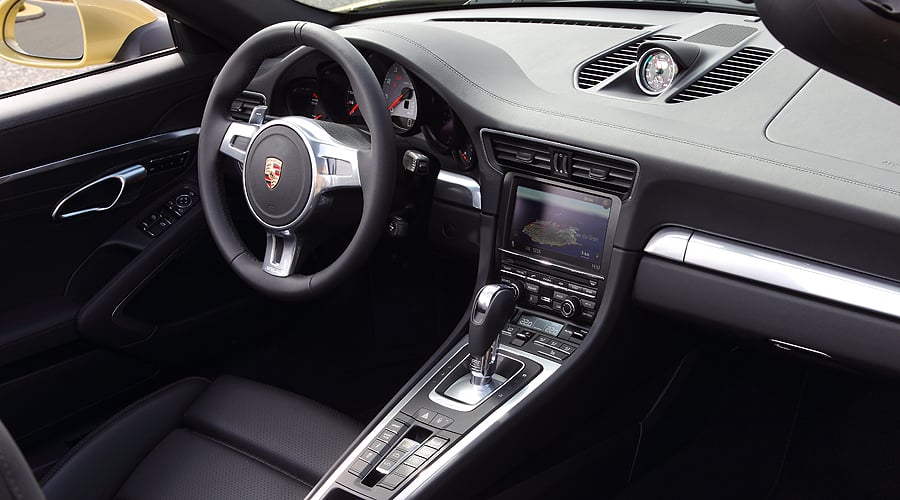
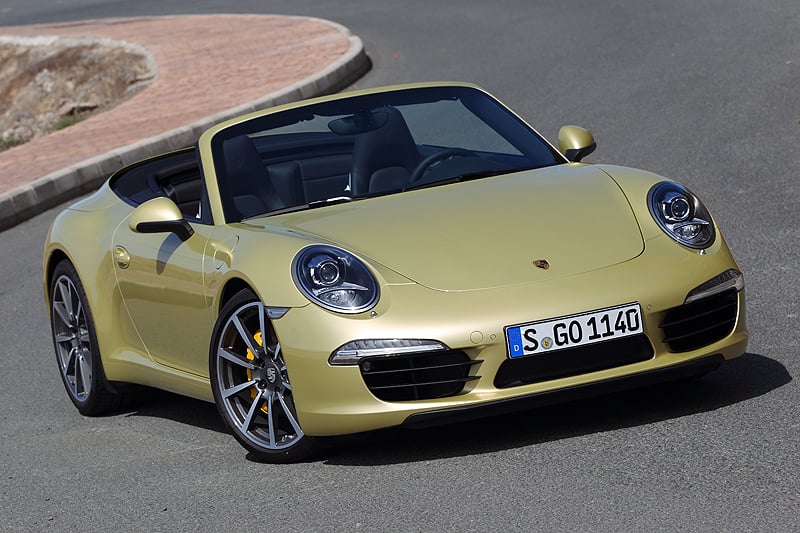
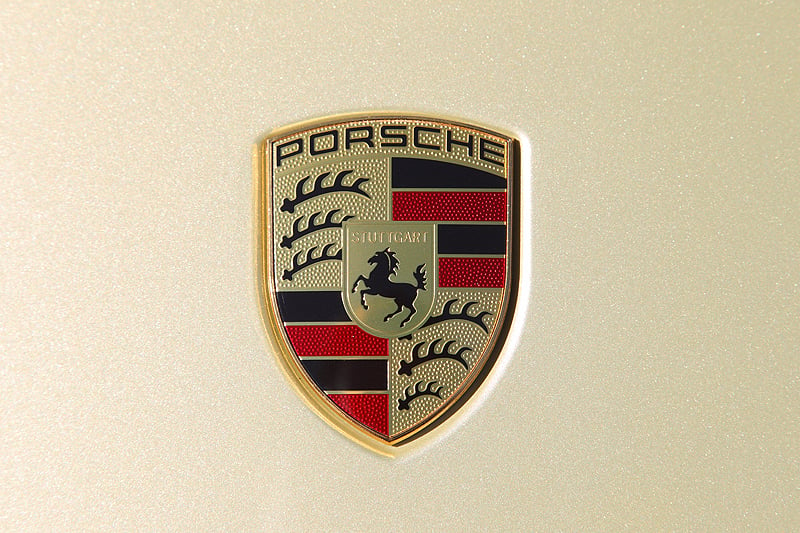
More important than those numbers is the subjective impression of actually driving the car, particularly on winding roads. This is where the painstaking work of chassis engineer, Franz Enderle and his team have worked wonders. The sense of precision, of being reliably planted on the road at all four corners, is simply superb. The new Coupé has already been greeted everywhere as the greatest 911 yet, and this Cabriolet version is every bit as good. What’s more, the electro-mechanical steering feels like a revolutionary advance on the past. It is simply a superb car and those with the Sport Plus package will find it hard to resist adding to the pleasure by opening those exhaust flaps and enjoying the furious music that comes with it.
Just for the record, the overall weight of the new Cabriolet is only 1470kg, a mere 70kg more than the Coupé and even an impressive 27kg less than the previous convertible weighed. At the same time, the chassis is 18 per cent stiffer than that of its predecessor. The old model never felt lacking in structural integrity, it should be said. The drag coefficient of the new car is 0.30 and that figure remains the same whether the roof is up or down.
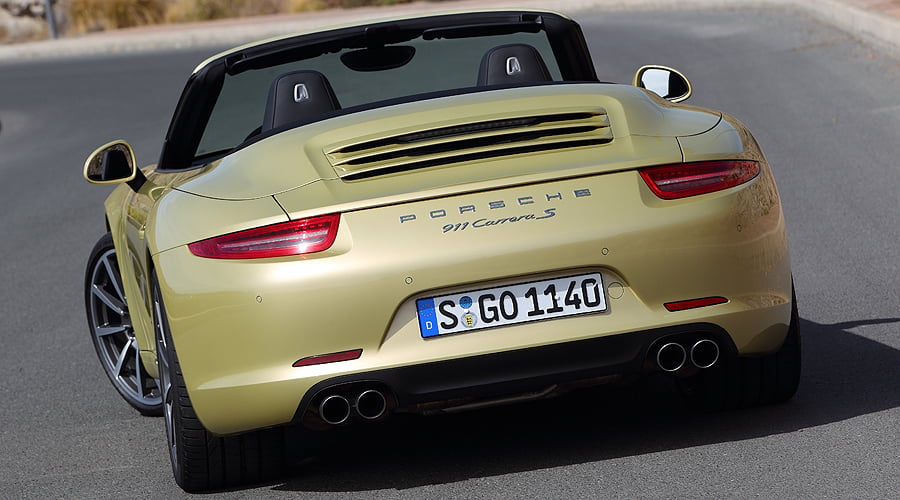
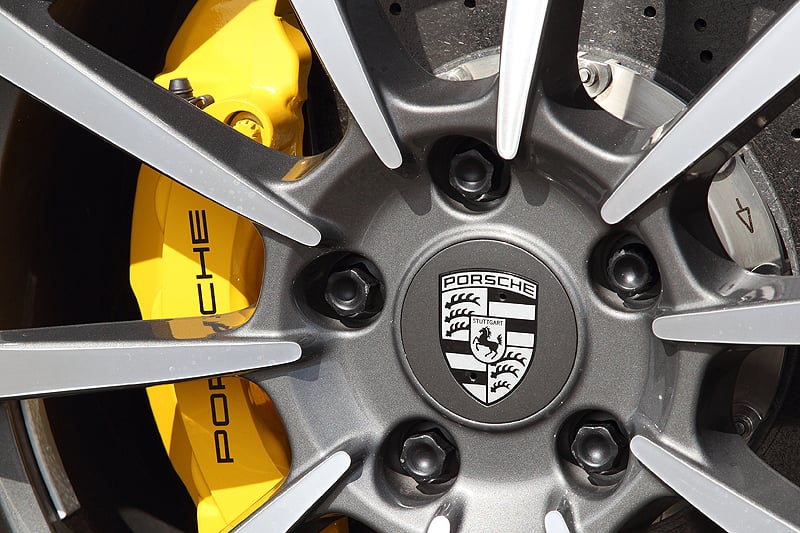
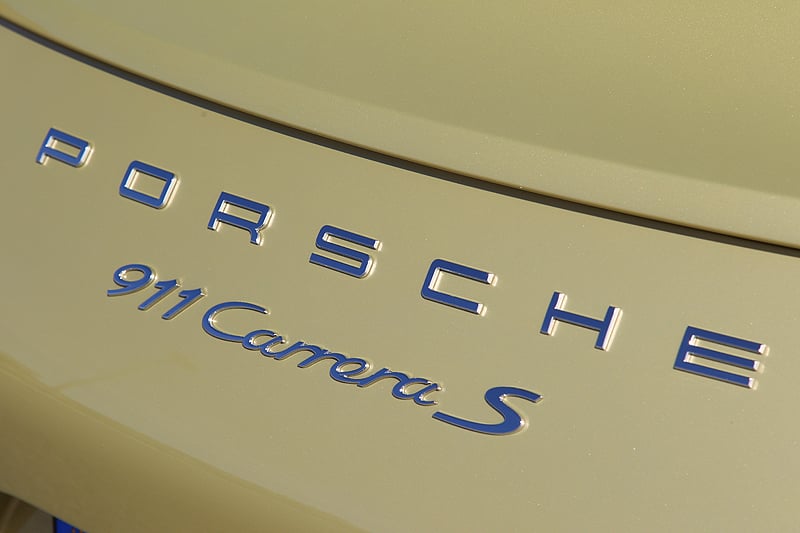
For us, the new Carrera S Cabriolet with the PDK double-clutch transmission and PDCC (Porsche Dynamic Chassis Control anti-roll system) sets a standard that other sports cars cannot begin to aspire to. The new Cabriolet range starts at £74,958 and it’s worth every penny. Mind you, it is possible to add a few thousand to the price by moving up the range and also by adding extras such as adaptive sports seats, the Sport Chrono package, a Burmester sound system, sports exhaust, ceramic brakes, PASM sports suspension and a few other such items from the list.
In any form, this new open Porsche 911 is a glorious machine, and one hundred per cent a sports car. When used as a true Grand Tourer, however, it is equally effective, and it is also perfectly content if you just want to cruise around slowly in the sunshine. In traditional Porsche character, it would make a faithful, reliable everyday companion, a car for every Classic Driver. Porsche has combined its uniquely timeless style with outstanding state-of-the-art technology.
Photos: Christoph Bauer/Porsche













